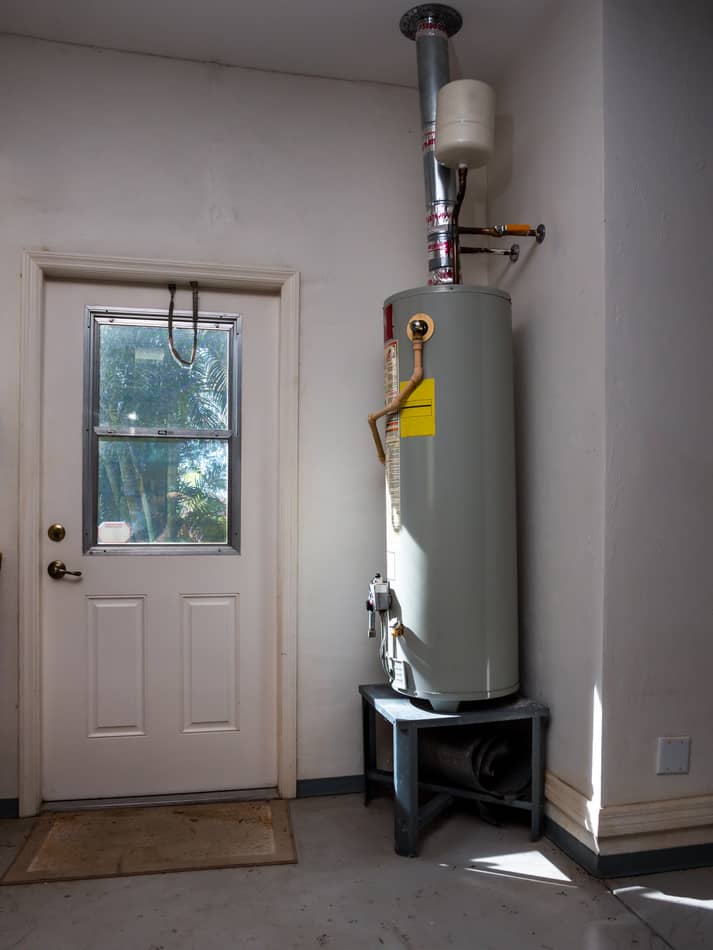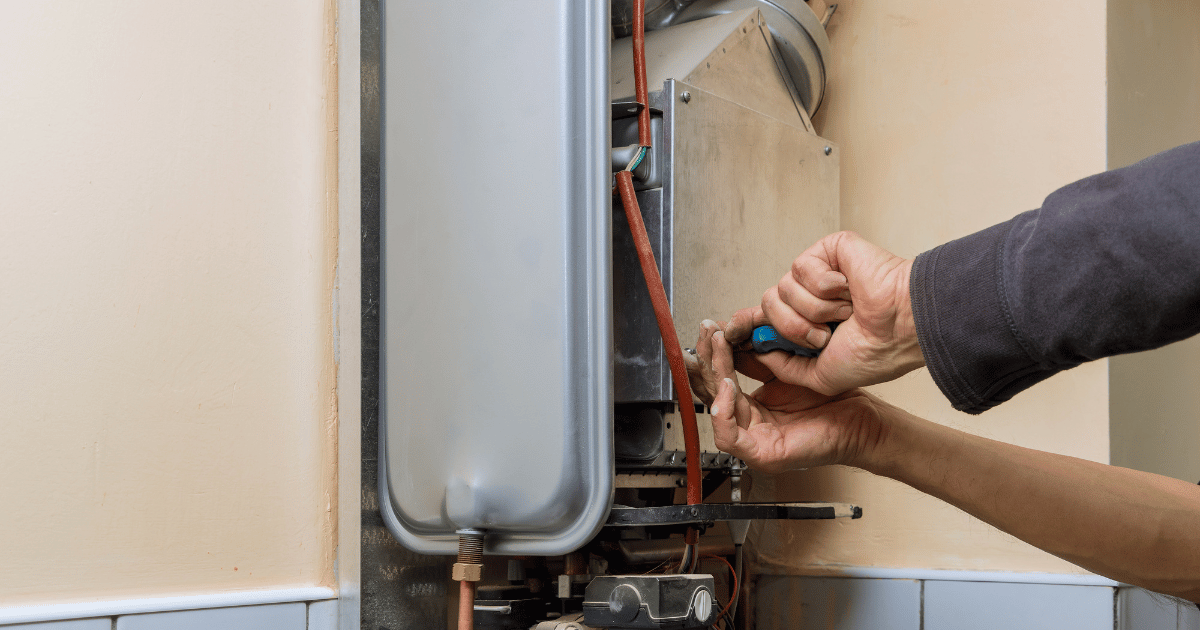Best Practices for Maintaining Your Home's Hot Water System
Best Practices for Maintaining Your Home's Hot Water System
Blog Article
What are your insights and beliefs on How to Maintain a Hot Water Heater in a Few Simple Steps?

Hot water is important for daily convenience, whether it's for a rejuvenating shower or cleaning dishes. To guarantee your warm water system runs efficiently and lasts much longer, normal maintenance is vital. This short article gives practical ideas and insights on exactly how to maintain your home's hot water system to stay clear of interruptions and costly repair services.
Introduction
Keeping your home's hot water system might appear difficult, but with a couple of easy actions, you can ensure it runs efficiently for years ahead. This guide covers every little thing from comprehending your hot water system to do it yourself maintenance suggestions and recognizing when to contact professional help.
Value of Keeping Your Warm Water System
Normal upkeep not only extends the life-span of your hot water system but additionally guarantees it operates effectively. Neglecting upkeep can bring about lowered efficiency, higher power bills, and also premature failure of the system.
Indications Your Hot Water System Demands Maintenance
Recognizing when your warm water system needs attention can stop significant issues. Watch out for indicators such as inconsistent water temperature, strange noises from the heating system, or rusty water.
Comprehending Your Warm Water System
Prior to diving right into maintenance jobs, it's helpful to comprehend the standard parts of your hot water system. Usually, this consists of the hot water heater itself, pipes, anode poles, and temperature level controls.
Month-to-month Maintenance Tasks
Regular regular monthly checks can assist catch minor problems before they intensify.
Purging the Hot Water Heater
Purging your hot water heater gets rid of debris build-up, improving efficiency and prolonging its life.
Checking and Replacing Anode Rods
Anode rods protect against corrosion inside the tank. Inspecting and replacing them when worn out is crucial.
Examining and Adjusting Temperature Level Setups
Changing the temperature settings guarantees ideal performance and safety.
Do It Yourself Tips for Upkeep
You can do a number of maintenance tasks yourself to maintain your warm water system in top condition.
Looking for Leakages
On a regular basis check pipelines and connections for leaks, as these can result in water damages and greater costs.
Examining Stress Relief Valves
Evaluating the pressure safety valve guarantees it operates appropriately and stops extreme pressure buildup.
Protecting Pipes
Insulating hot water pipelines decreases heat loss and can save energy.
When to Call a Professional
While do it yourself upkeep is helpful, some problems require professional knowledge.
Complex Concerns Calling For Expert Help
Instances include major leakages, electrical issues, or if your water heater is continually underperforming.
Regular Professional Upkeep Perks
Specialist maintenance can consist of complete evaluations, tune-ups, and ensuring conformity with safety criteria.
Verdict
Routine upkeep of your home's warm water system is essential for performance, longevity, and price financial savings. By following these pointers and understanding when to look for expert aid, you can guarantee a reliable supply of warm water without unforeseen disturbances.
How to Maintain an Instant Hot Water Heater
Before tinkering with your hot water heater, make sure that it’s not powered on. You also have to turn off the main circuit breaker and shut off the main gas line to prevent accidents. Also turn off the water valves connected to your unit to prevent water from flowing into and out of the appliance. 2. When you’re done, you have to detach the purge valves’ caps. These look like the letter “T†and are situated on either side of the water valves. Doing so will release any pressure that has accumulated inside the valves while at the same time avoid hot water from shooting out and burning your skin. 3. When the purge valves’ caps are removed, you have to connect your hosing lines to the valves. Your unit should have come with three hoses but if it didn’t, you can purchase these things from any hardware or home repair shops. You can also get them from retail stores that sell water heating systems. Read the user’s manual and follow it to complete this task properly. When the hosing lines are connected, open the purge port’s valves. 4. You should never use harsh chemical cleaners or solutions when cleaning your unit. Make use of white vinegar instead. It should be undiluted and you’ll probably use about 2 gallons. 5. Now flush your water heater. This task should probably take about 40 minutes. We can’t give you specific directions for this because the procedure is carried out depending on the type, model and brand of your heater. With that being said, refer to the user’s manual. 6. When you’re done draining the unit, you have to turn off the purge port valves again. Remove the hosing lines that you earlier installed on each of the water valves. Put the valve caps (purge port) back in their respective places and be very careful so as not to damage the rubber discs that are found inside these caps. 7. Now that everything’s back in place, check your user’s manual again to find out how to reactivate your water heating system. 8. Once it is working, turn one of your hot water faucets on just to let air pass through the heater’s water supply pipes. Leave the tap on until water flows smoothly out of it. https://www.orrplumbing.com/blog/2014/september/how-to-maintain-an-instant-hot-water-heater/

I'm just very drawn to Water Heater Maintenance Tips You Can't Afford to Forget and I hope you appreciated the new post. Do you know about somebody who is enthusiastic about How to Maintain Your Water Heater & Prolong its Life? Why not promote it. Kudos for being here. Please check our site back soon.
Book Services Report this page